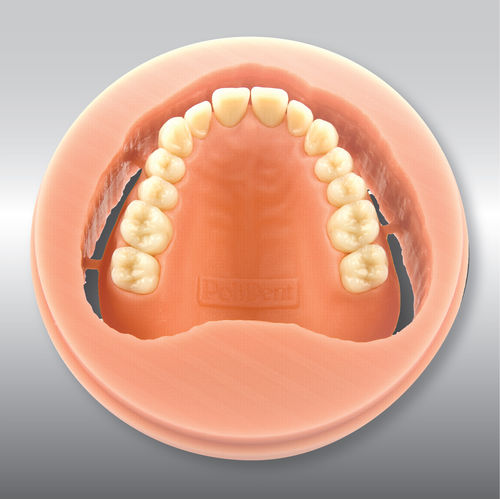The pharmaceutical & biotechnology industry has been in need for a technological solution to fully automate manual paper based validation process. Unfortunately, the pharmaceutical and biotechnology industry has been very slow in embracing and implementing Validation Lifecycle Management Systems. This article will discuss the challenges related to manual validation and technological solutions available to the pharmaceutical and biotech industry.
Paper-based validation processes do not provide the pharmaceutical and biotech industry a cost effective efficient solution to manage qualification data and information during the validation lifecycle. Paper-based validation documents such as Plans, Qualification Protocols (IQ,OQ,PQ), and Summary Reports are typically stored in binders in a document secure document archive. The binders do not provide a holistic and integrated view of data and information during the validation lifecycle. During Periodic Reviews and Revalidation activities companies need to be able to review and make an objective and conclusive assessment of the validated state of the system. Paper-based documents and binders fail to provide the ability to perform an integrated objective assessment of the validated state of system because lifecycle data and information resides in disparate systems such as binders, file folders and databases.
During the execution of validation protocols validation engineers are required to perform a high number of manual inefficient activities such as printing, dating and initializing every attachment included in the executed protocol. These manual activities increase the compliance risk associated with Good Documentation Practices issues, data integrity, misplaced lost documents.
In processes after the execution is completed the owner of the validation protocol is required to walk around the facility routing the executed protocol for review and approval. All reviewers and approvers are required to review every page of the paper-based executed protocol including attachment and associated data including calculated values. The protocol post execution process is plagued with waste and inefficiencies related to the wait time associated with the routing and reviewing paper-based executed protocols. Executed protocols have many inefficiencies and waste including the process of archiving binders and documents created and executed during the validation lifecycle. The validation document archival process is not cost efficient due to the cost associated with document control resources that must manually store and search for executed validation in the archive.
In validation processes creating a traceability matrix is very challenging and time consuming. Paper based traceability matrix creation requires that validation resources dedicate a significant amount of time tracing system specification and validation test results. Validation processes do not provide the ability to create dynamic electronic traceability matrix during the lifecycle.
Data integrity is another challenge with paper based validation processes. Paper based validation documents are often misplaced and lost during the validation lifecycle. Data integrity challenges with paper based validation processes also include falsification and manipulation of information without any traceability or audit trail of data changes and entries.
Paper based validation do not provide the ability to integrate change management with the process. The inability to integrate changes and validation activities during the lifecycle is a big challenge of paper based validation processes because the inability to assess the impact of changes during the lifecycle.
Validation Lifecycle Management Systems eliminate all the challenges and inefficiencies found in validation processes. Validation Lifecycle Management Systems eliminate and automate all manual validation activities including validation protocol creation, review, approval and execution.
Validation Lifecycle Management Systems enable the ability to create a dynamic traceability matrix that fully automates this manual, inefficient and time consuming process. These systems eliminate the need to initialize, date and stamp all protocol attachments which reduces cycle time and cost significantly.
Data integrity risk is addressed by Lifecycle Management Systems by providing fully traceable transactions that are audit trailed in the system including any changes to the expected results during electronic protocol execution.
In summary validation lifecycle management systems are an adequate, efficient and cost effective solution. VLMS provide an end to end automated to the industry. Validation Lifecycle Management Systems fully automates the validation lifecycle process for cleaning, process, computer systems and equipment validations. Paperless validation technology eliminates the challenges and inefficiencies found in paper based validation processes.








